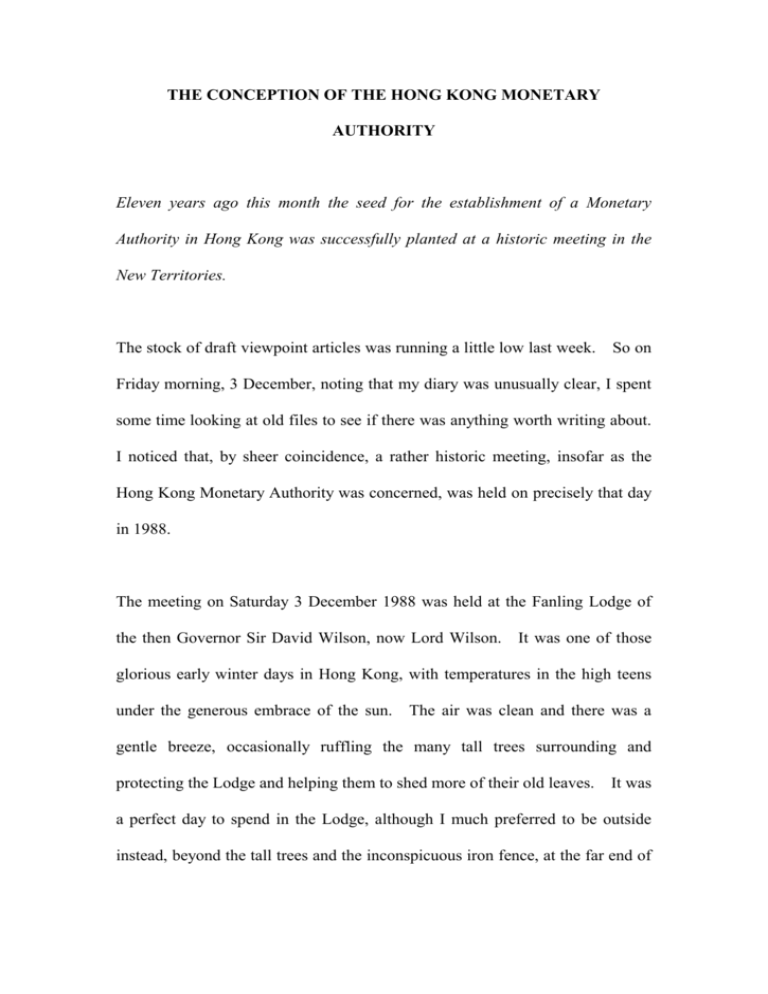Exploring Themes Of Revenge And Justice In The Count Of Monte Cristo

Table of Contents
Edmond Dantès's Path to Revenge
Edmond Dantès's journey from a hopeful young sailor to the vengeful Count of Monte Cristo is the driving force of the novel. Understanding his path illuminates the core themes of revenge and justice within the narrative.
The Unjust Imprisonment
Edmond's wrongful imprisonment forms the bedrock of his quest for revenge. Betrayed by those he considered friends – Danglars, Fernand Mondego, and Villefort – he suffers an egregious injustice.
- Key Players in his Betrayal:
- Danglars: A jealous rival who uses false accusations to ruin Edmond's life.
- Fernand Mondego: A rival in love who seizes the opportunity to eliminate Edmond.
- Villefort: An ambitious prosecutor who buries the truth to protect his own reputation.
This betrayal is compounded by the loss of his beloved fiancée, Mercédès, forcing him to endure years of unjust confinement in the horrific conditions of the Château d'If. This profound loss fuels his thirst for retribution and significantly shapes his understanding of justice.
The Acquisition of Power and Knowledge
Imprisonment, though horrific, becomes a crucible forging Edmond into the formidable Count. His time in the Château d'If is not merely one of suffering; it is a period of profound learning and transformation.
- His Mentorship from Abbé Faria: The Abbé, a fellow prisoner, becomes Edmond's mentor, imparting knowledge of languages, history, and various skills.
- The Discovery of Monte Cristo's Treasure: This discovery provides Edmond with the wealth and resources necessary to execute his intricate plan of revenge.
- The Development of his Plan for Revenge: Edmond meticulously crafts his plan, patiently waiting and strategically manipulating events to bring his betrayers down.
The Meticulous Execution of Revenge
Edmond's revenge is not impulsive; it's carefully calculated and strategically executed. He systematically dismantles the lives of those who wronged him, exposing their hypocrisy and corruption.
- His Manipulation of Key Individuals: Edmond uses his wealth and knowledge to manipulate individuals, playing them against each other, and subtly influencing events to his advantage.
- The Slow Unraveling of his Enemies' Lives and Fortunes: The destruction he wreaks is slow and deliberate, highlighting the devastating consequences of their actions.
- Examples of his Acts of Revenge: His acts target specific vulnerabilities and leverage the weaknesses of each betrayer, ensuring maximum impact. He doesn't simply seek to punish; he seeks to expose and destroy their carefully constructed lives.
The Moral Ambiguity of Revenge
Edmond's quest for revenge is not easily categorized as simply "good" or "bad." It raises profound questions about the nature of justice and the moral implications of seeking retribution.
The Justification of Revenge
Some might argue that Edmond's actions are justified, given the extreme injustice he suffered. The concept of "an eye for an eye" provides a framework for understanding his motivations. The profound emotional trauma of his wrongful imprisonment, the loss of his life's promise, and the devastating betrayal he endured fuel the argument that his revenge is a form of self-justice.
The Collateral Damage of Revenge
However, Edmond's quest for revenge inflicts suffering on innocent individuals, blurring the lines between justice and cruelty.
- The Impact on Mercédès and her Family: His actions deeply affect Mercédès, causing immense pain and sorrow, even if she eventually learns of his innocence.
- The Suffering of Those Close to his Enemies: Edmond's actions cause ripples of suffering, impacting the lives of people who are not directly involved in his original betrayal.
- The Ethical Considerations of his Methods: The means he employs raise ethical questions about the morality of his actions, despite the perceived justification of his ends.
The Question of True Justice
Ultimately, the novel leaves the reader questioning whether Edmond's revenge truly delivers justice or simply perpetuates a cycle of violence. The difference between revenge and justice is central here. While he might extract retribution, does he achieve true justice, or is his vengeance a form of self-destructive obsession? The novel's ambiguous ending compels the reader to grapple with this central question.
Justice and the Legal System in The Count of Monte Cristo
Dumas's novel critiques the French legal system of the time, portraying it as corrupt and ineffective. Edmond's case highlights the failures of justice within the established structures.
The Failure of the Legal System
- Examples of Injustice within the Legal System: The novel showcases instances of bribery, manipulation, and the suppression of truth within the judicial system, directly contributing to Edmond's wrongful conviction.
- The Role of Bribery and Corruption: The system is presented as being vulnerable to manipulation and susceptible to the influence of wealth and power.
Alternative Forms of Justice
Edmond's actions represent an alternative approach to justice, outside the official legal system.
- Themes of Self-Justice and Vigilante Justice: His actions embody both self-justice and vigilante justice, highlighting the limitations of formal legal processes.
- Analyze the Effectiveness of Edmond's Methods: While effective in exacting revenge, these methods raise questions about their overall efficacy and the potential for escalating violence.
Conclusion
The Count of Monte Cristo masterfully explores the intricate relationship between revenge and justice. Edmond Dantès's quest for vengeance raises complex moral questions, forcing readers to confront the ambiguities of justice and the devastating consequences of unchecked power. The novel serves as a compelling examination of the human capacity for both good and evil, highlighting the fine line between justifiable retribution and destructive vengeance. The interplay of revenge and justice in The Count of Monte Cristo remains a powerful and thought-provoking exploration of these enduring themes.
Call to Action: Continue exploring the fascinating themes of revenge and justice in The Count of Monte Cristo by further analyzing the character motivations and the novel's enduring relevance to contemporary issues. Delve deeper into the nuances of this classic tale and discuss the complexities of revenge and justice in The Count of Monte Cristo in the comments below!

Featured Posts
-
 Emma Stones Show Stopping Oscars 2025 Moment Custom Louis Vuitton And Retro Style
May 05, 2025
Emma Stones Show Stopping Oscars 2025 Moment Custom Louis Vuitton And Retro Style
May 05, 2025 -
 Berlanga Prioritizes Munguia And Charlo Over Plant Contract Dispute
May 05, 2025
Berlanga Prioritizes Munguia And Charlo Over Plant Contract Dispute
May 05, 2025 -
 Hong Kong Monetary Authoritys Us Dollar Intervention A Deep Dive
May 05, 2025
Hong Kong Monetary Authoritys Us Dollar Intervention A Deep Dive
May 05, 2025 -
 May 2025 Ufc Events Fight Card Schedule Featuring Ufc 315
May 05, 2025
May 2025 Ufc Events Fight Card Schedule Featuring Ufc 315
May 05, 2025 -
 The End Of An Era Tony Todds Final On Screen Appearance And A Long Standing Mystery
May 05, 2025
The End Of An Era Tony Todds Final On Screen Appearance And A Long Standing Mystery
May 05, 2025
Latest Posts
-
 Kentucky Derby 2024 And Beyond Ford Remains The Exclusive Automotive Partner
May 05, 2025
Kentucky Derby 2024 And Beyond Ford Remains The Exclusive Automotive Partner
May 05, 2025 -
 2025 Kentucky Derby Getting To Know The Riders
May 05, 2025
2025 Kentucky Derby Getting To Know The Riders
May 05, 2025 -
 First Words Max Verstappen On Life As A New Parent
May 05, 2025
First Words Max Verstappen On Life As A New Parent
May 05, 2025 -
 Kentucky Derby 2025 A Look At The Leading Jockeys
May 05, 2025
Kentucky Derby 2025 A Look At The Leading Jockeys
May 05, 2025 -
 Max Verstappen Speaks On Fatherhood After Recent Birth
May 05, 2025
Max Verstappen Speaks On Fatherhood After Recent Birth
May 05, 2025
